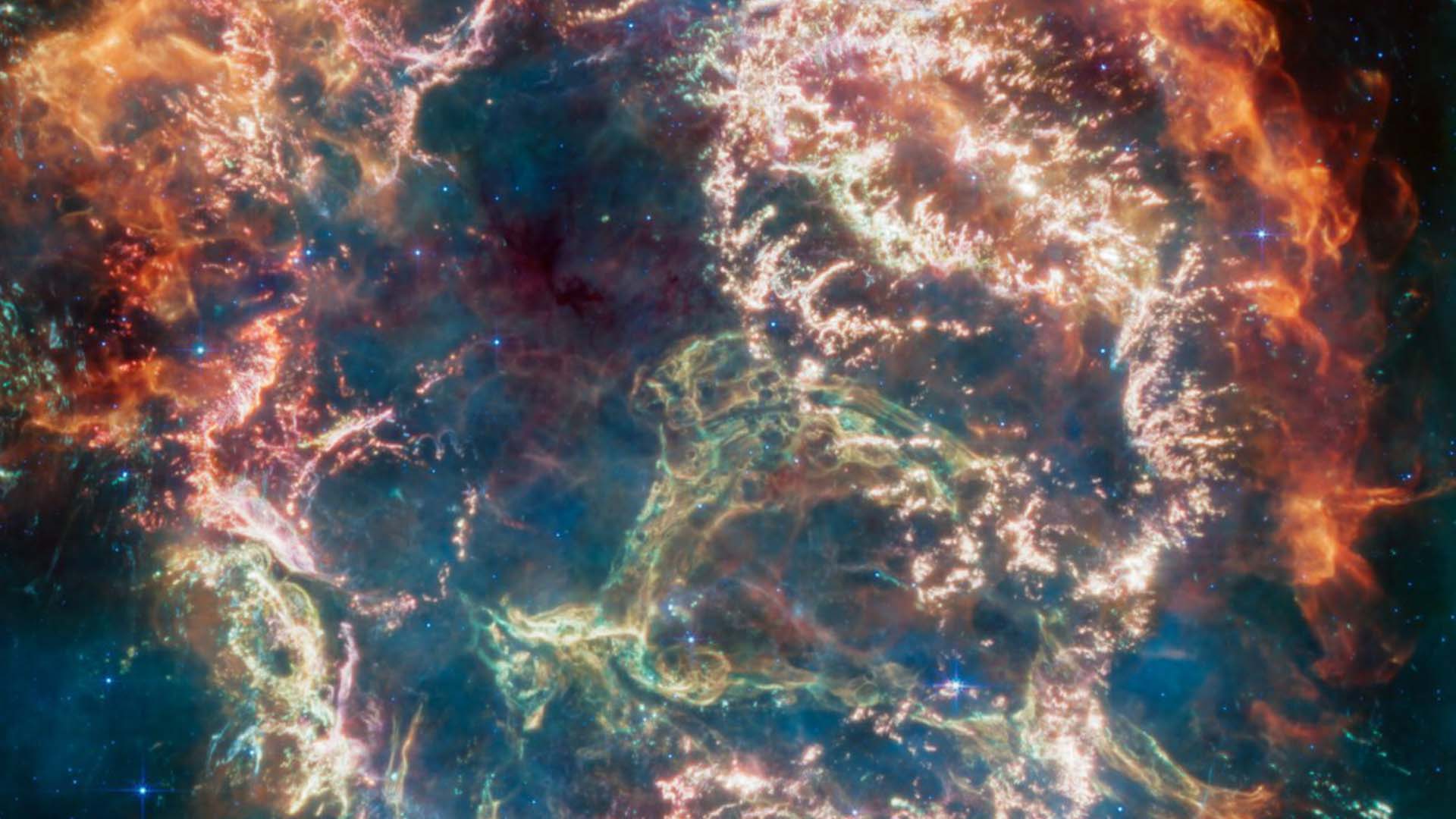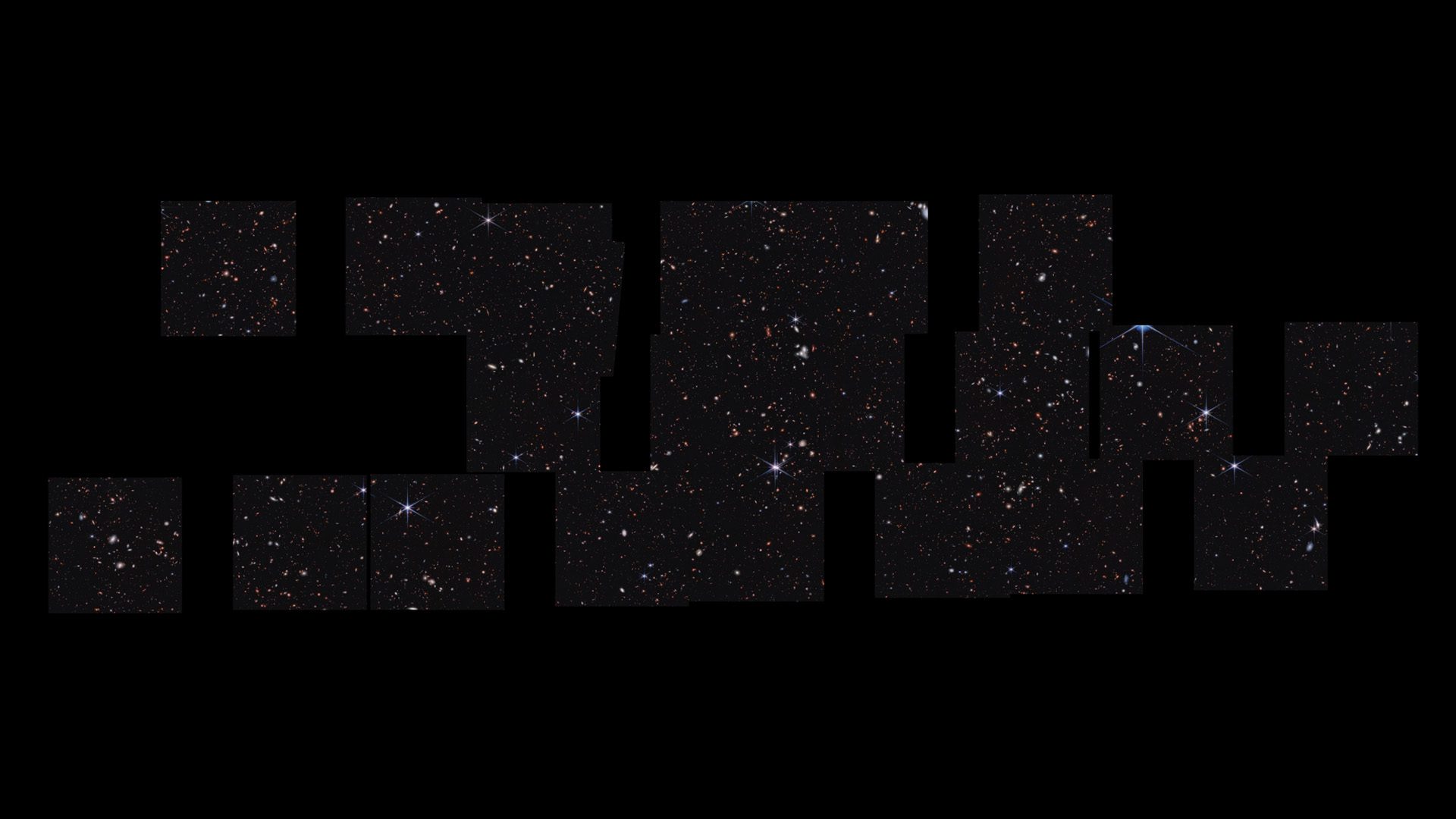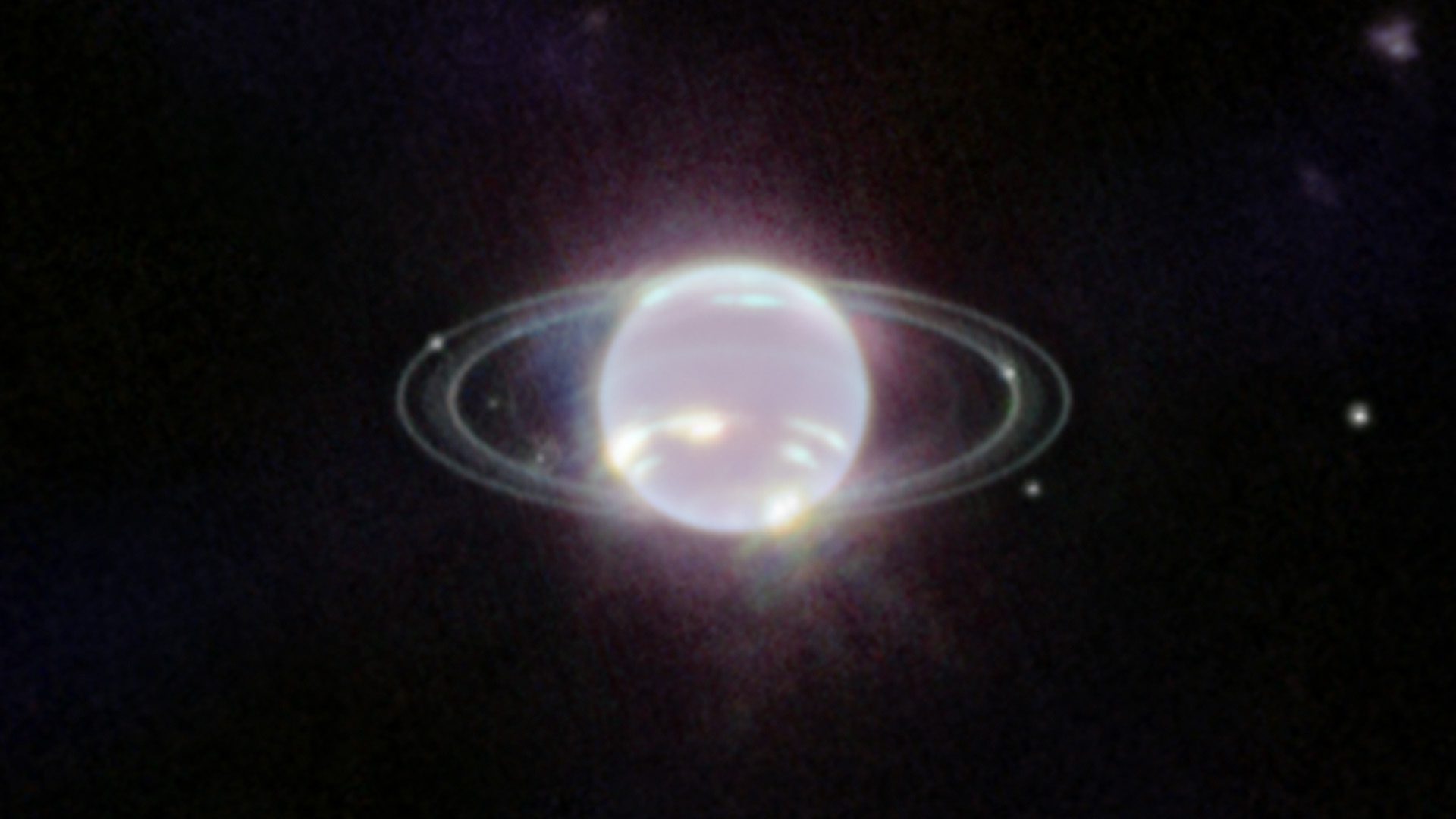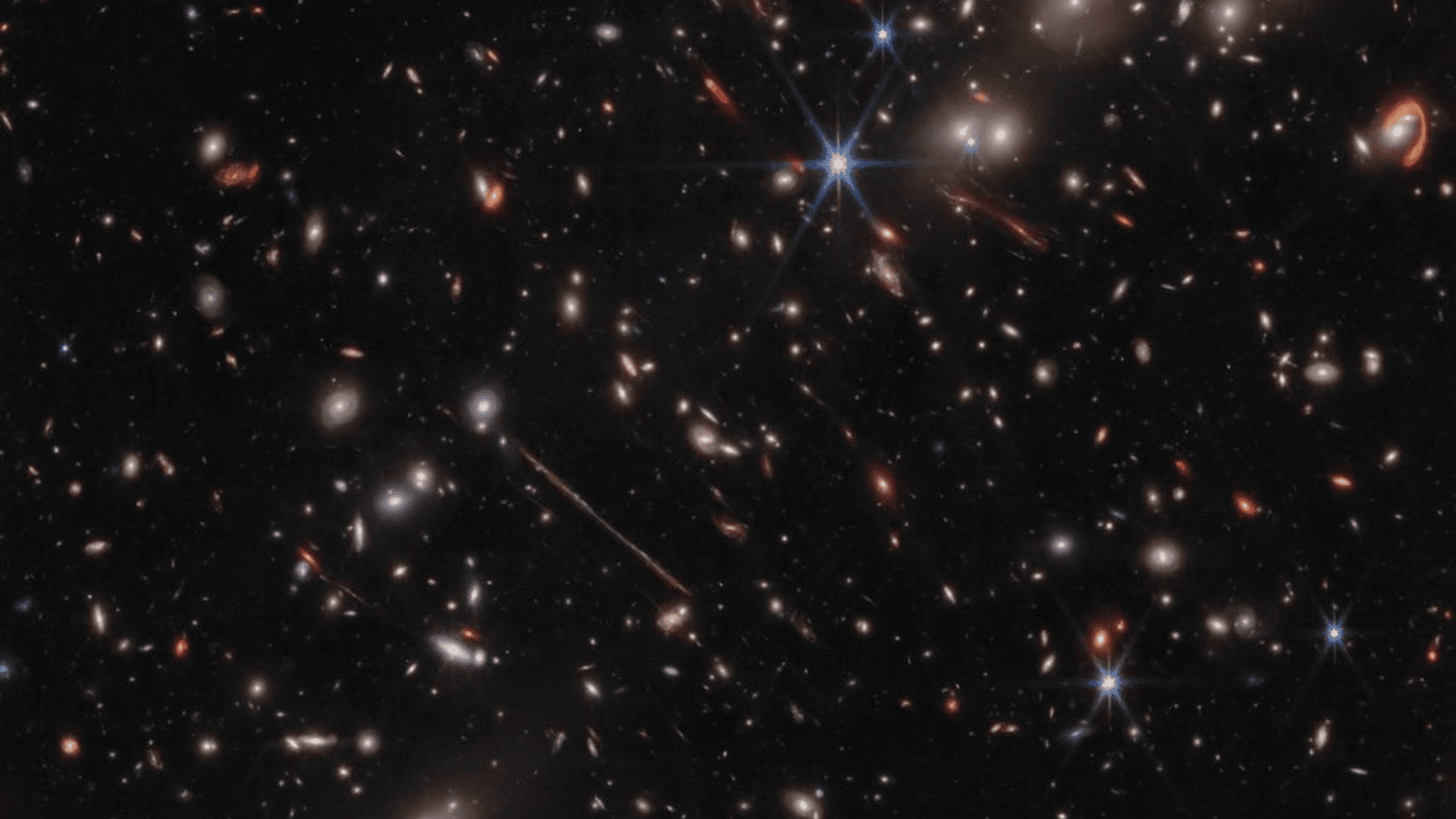A team of astronomers working with the James Webb Space Telescope (JWST) has detected six new ‘rogue planets,’ a discovery that could help us learn more about how stars and planets form.
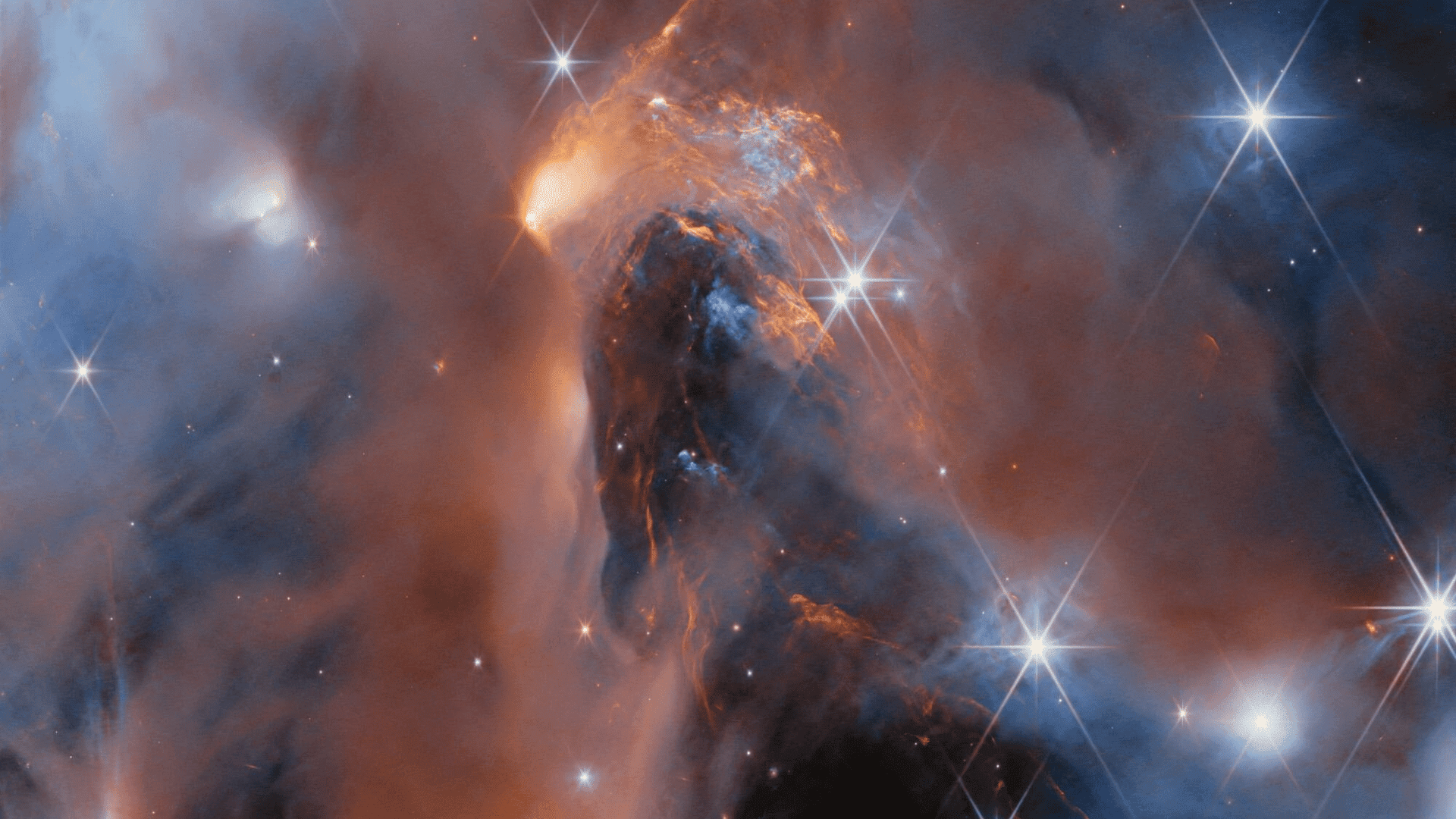
Rogue planets, or free-floating planetary-mass objects (FFPMOs), are planet-sized objects that formed either in interstellar space or were once part of a planetary system before gravitational perturbations moved them away. Potentially, hundreds of rogue planets, which were first discovered in 2000, are untethered to a star and float through the interstellar space medium (ISM).
Six new rogue planets, one of which is the lightest rogue planet ever identified, were spotted during Webb’s observations of the young nebula NGC 1333. These planets could give researchers new insights into the formation process of stars and planets.
The new study describes how the team used data from Webb’s Near-Infrared Imager and Slitless Spectrograph (NIRISS) to measure every object’s spectrum in the star cluster’s observed portion. They reanalyzed spectra from 19 previously observed brown dwarfs, leading to the discovery of a new brown dwarf and the detection of the six planets.
The rogue planets have five to ten times the mass of Jupiter, meaning they’re the lowest-mass rogue planets ever formed through the same process as brown dwarfs and stars. Since Webb’s observations revealed no objects lower than five Jupiter masses, this suggests that lighter stellar objects are more likely to form the way planets do.
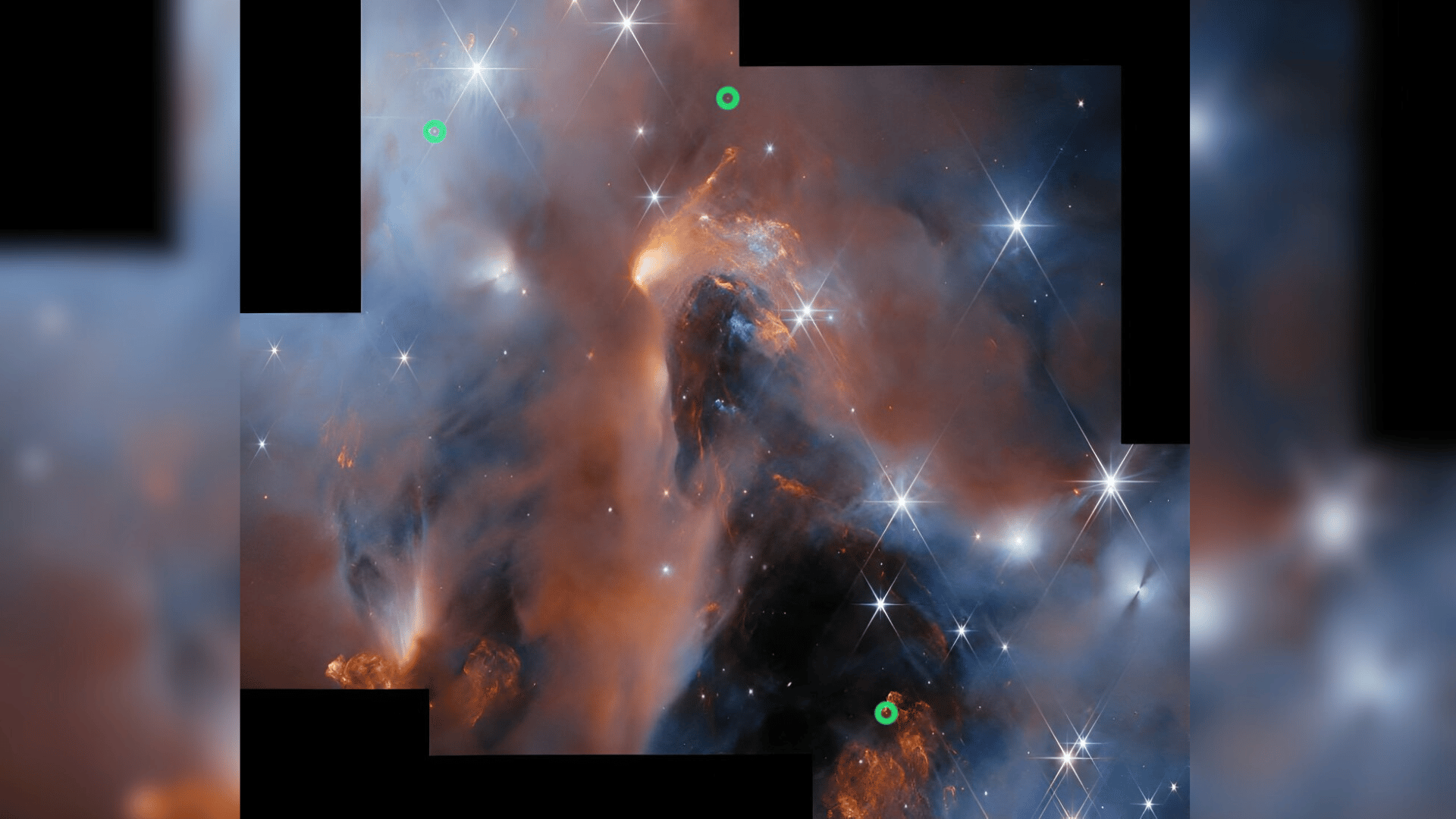
“We are probing the very limits of the star-forming process. If you have an object that looks like a young Jupiter, is it possible that it could have become a star under the right conditions? This is important context for understanding both star and planet formation,” stated lead author Adam Langeveld, an Assistant Research Scientist in the Department of Physics and Astronomy at Johns Hopkins University (JHU), in a statement released by JHU’s new source (the Hub).
The most notable of the discovered planets was the lightest, which was estimated at the size of approximately five Jupiter masses or 1,600 Earths. As dust and gas generally fall into a disk during the early stages of star formation, the presence of a debris ring around this planet strongly suggests that it formed in the same way stars do.
In the coming months, the team plans to use Webb to conduct follow-up studies of the new rogue planets’ atmospheres, comparing them to the brown dwarfs and gas giants while searching for other objects with debris disks.
Johns Hopkins Provost Ray Jayawardhana, an astrophysicist and senior author of the study (who also leads the survey group) stated: “It turns out the smallest free-floating objects that form like stars overlap in mass with giant exoplanets circling nearby stars. It’s likely that such a pair formed the way binary star systems do, from a cloud fragmenting as it contracted. The diversity of systems that nature has produced is remarkable and pushes us to refine our models of star and planet formation…Our observations confirm that nature produces planetary mass objects in at least two different ways—from the contraction of a cloud of gas and dust, the way stars form, and in disks of gas and dust around young stars, as Jupiter in our own solar system did.”



